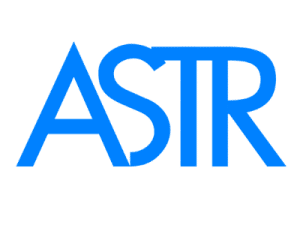What Is Fascia, and Why Does It Matter for Pain and Mobility?
What Is Fascia, and Why Does It Matter for Pain and Mobility?
Search terms: what is fascia, fascia and pain, fascia and mobility, myofascial system
You’ve probably heard of muscles, tendons, and ligaments—but fascia may be the most overlooked key to pain relief and full-body mobility.
Fascia is the connective tissue web that wraps around every muscle, bone, nerve, and organ. It holds everything together and allows your body to move smoothly. When healthy, fascia is flexible and elastic. But when it becomes tight, inflamed, or restricted, it can cause widespread pain, stiffness, poor posture, and decreased movement.
🔍 What Exactly Is Fascia?
-
Fascia is a thin, strong layer of connective tissue made primarily of collagen and water.
-
It connects and supports muscles, organs, joints, blood vessels, and nerves.
-
It runs head to toe as one continuous system, meaning a restriction in one area can cause pain elsewhere.
“Fascia has been recognized as a sensory and communicative organ that plays a major role in biomechanical regulation.”
(Schleip et al., 2012)
🧨 What Happens When Fascia Becomes Dysfunctional?
Fascial tissue can become restricted due to injury, surgery, inflammation, repetitive motion, dehydration, or poor posture. This leads to:
-
Trigger points or “muscle knots”
-
Pain that doesn’t show up on scans
-
Diminuição da amplitude de movimento
-
Nerve impingement or radiating pain
-
Postural distortion
-
Chronic pain syndromes like myofascial pain
❌ Why Traditional Treatments Often Miss the Fascia
Most therapies only address muscles or joints, not the fascial matrix that binds everything together. If you’ve tried chiropractic, massage, or PT without lasting relief—it may be because your fascia hasn’t been addressed.
✅ How to Restore Fascia Health Naturally
-
Hydration – fascia is 70% water and needs proper hydration to stay supple
-
Anti-inflammatory diet – reduces systemic inflammation that tightens fascia
📘 Follow the Eat to Heal book for fascia-supportive nutrition -
Myofascial release therapy – breaks up scar tissue, adhesions, and restrictions
-
Movement – daily stretching and dynamic motion help rehydrate and lengthen fascia
-
Ferramentas ASTR – designed to treat fascia at the root level for long-lasting relief
🔧 Explore ASTR myofascial tools here
💡 Common Fascia-Related Symptoms
-
Stiff neck and shoulders
-
Dor lombar
-
Fascite plantar
-
TMJ and jaw tension
-
Headaches or migraines
-
Postura pobre
-
Pain that moves or flares up unpredictably
📚 References
-
Schleip, R., et al. (2012). Fascia is able to contract in a smooth muscle-like manner and thereby influence musculoskeletal dynamics. Journal of Biomechanics, 45(5), 705–711.
-
Findley, T. W. (2009). Fascia research: current view and future directions. Journal of Bodywork and Movement Therapies, 13(3), 231–234.
-
Wilke, J., et al. (2018). Fascia and pain: scientific evidence and clinical implications. Journal of Pain Research, 11, 2577–2584.
-
Stecco, C., et al. (2011). Fascial manipulation for musculoskeletal pain. Current Pain and Headache Reports, 15(5), 421–426.

